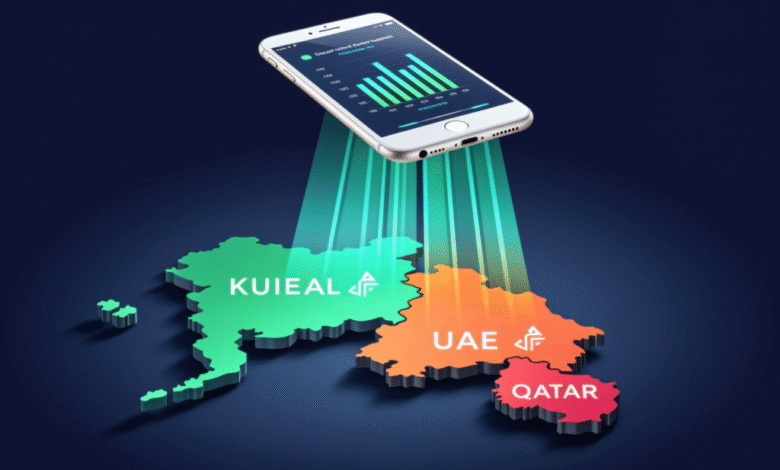GCC Mobile Price Gap: Kuwait is Most Affordable, Study Reveals

▼ Summary
– Kuwait has the lowest mobile costs in the GCC region, with an average monthly price of $31.10, which is about half the cost of the next most affordable market, Bahrain.
– The United Arab Emirates and Qatar are the most expensive markets, with average monthly prices of $107.15 and $115.53 respectively.
– Pricing disparities are most pronounced for heavy data users, with Kuwait’s cost for the highest usage profile being only 21% of Qatar’s price due to different operator discounting strategies.
– Competitive dynamics vary, with Kuwait and Qatar showing identical pricing across operators, while Oman has dramatic price spreads indicating different value positioning.
– The study highlights that Kuwait’s pricing supports digital adoption for heavy users, while the lack of price variation in some markets may indicate limited competition and brand differentiation.
A recent analysis of mobile service pricing across the Gulf Cooperation Council (GCC) reveals a dramatic cost disparity for consumers. Kuwait has emerged as the most affordable market, with average monthly mobile expenses sitting at just $31.10. This figure is nearly half the cost of the next cheapest country, Bahrain. On the opposite end of the spectrum, the United Arab Emirates and Qatar represent the most expensive markets for mobile services, with average monthly prices reaching $107.15 and $115.53 respectively.
The study examined four distinct user profiles, each requiring different amounts of monthly data paired with calling minutes. The research highlights that pricing gaps become most extreme for high-volume data users. For a plan requiring 100GB of data, the cost in Kuwait is a mere 21 percent of the price in Qatar, the region’s most expensive market. This stark contrast is largely due to fundamentally different operator strategies. Kuwaiti providers employ significant volume discounting, substantially lowering the price per gigabyte as data allowances increase. Conversely, operators in the UAE and Qatar use a more linear pricing model, where costs rise steadily with data volume, making high-usage plans exceptionally costly.
Competitive dynamics also vary significantly from one GCC nation to another. In both Kuwait and Qatar, mobile operators price their plans almost identically, suggesting a market with little brand differentiation. In Kuwait, for instance, all three providers charge the same price across every user profile analyzed. Oman presents a completely different picture, with dramatic price spreads between its operators. For a basic 5GB plan, the monthly cost from Vodafone is $20.53, while Omantel charges $35.92 for an identical service. This indicates that Omani operators are actively competing on price and perceived value.
An industry expert pointed to two critical themes emerging from the data. First, the aggressive discounting for heavy data users in markets like Kuwait signals a strong push to support digital adoption and growth. Second, the near-identical pricing in countries such as Kuwait and Qatar could raise regulatory questions about the level of healthy competition and consumer choice. These findings provide a clear snapshot of how telecom strategies directly impact affordability and market dynamics for millions of consumers in the Gulf region.
(Source: MEA Tech Watch)